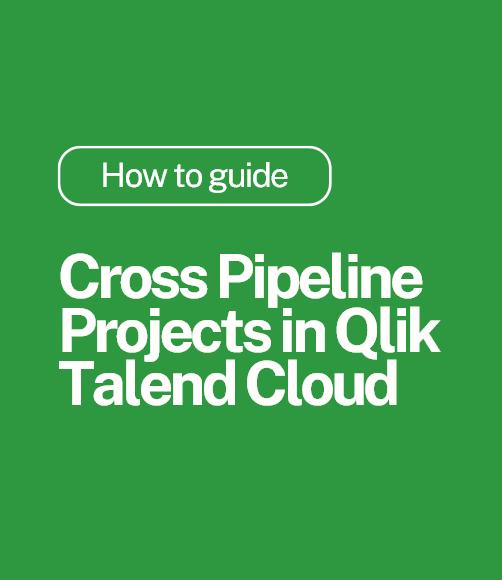Tracking Field Consumption in Qlik Sense
Any Qlik developer will know the pain caused when fields are removed from a source system or QVD layer in Qlik Sense. It may not happen often, but it only needs to happen once to be a nuisance.
For anyone who’s not a developer, the issue is that if an application explicitly defines a removed field in the LOAD statement, the reload will fail due to a missing field. And – until Qlik provide an option to skip over missing fields – with just a warning as an alternative, this will remain a problem.
A solution to this is NodeGraph. NodeGraph’s Dependency explorer module tracks a field from source system through to end-user application, even down to an object level. With typically a half-day of configuration, you can get full insight into your Qlik estate – impressive stuff.

This means that providing a Qlik developer is notified with an adequate amount of time, they can quickly select the field to be removed and update the LOAD statements and expressions of any applications/objects they are using it. This may not seem like ground-breaking to some but for anyone who’s had to manually check each application, this can save hours, if not days, depending on how many applications are present.
To put this into perspective, a while back I had to do this for a customer. It took three long-and-dull hours to check the 50+ apps for the field, that doesn’t include updating the affected apps. Unfortunately, they didn’t have Nodegraph and there wasn’t time to put it in.
After that, I swore I’m never wasting my time, and ultimately the customer’s money, like that again. Qlik doesn’t offer an audit of field consumption out-the-box though so I’ve built the Resource Audit Tool, which you can find on OmetisToolkit.com.
The Resource Audit Tool enables users to list which Qlik Sense streams or applications are consuming which Fields, Data Connections, Master Dimensions and Master Measures. It doesn’t replace Nodegraph but it is a free plug-and-play alternative that works perfectly for this use-case; tracking field, data connection and master item consumption.
For more information on Nodegraph or OmetisToolkit.com please get in touch and remember to connect, via Twitter and LinkedIn, for all the latest news.
By Christopher Lofthouse




.png)
Comments